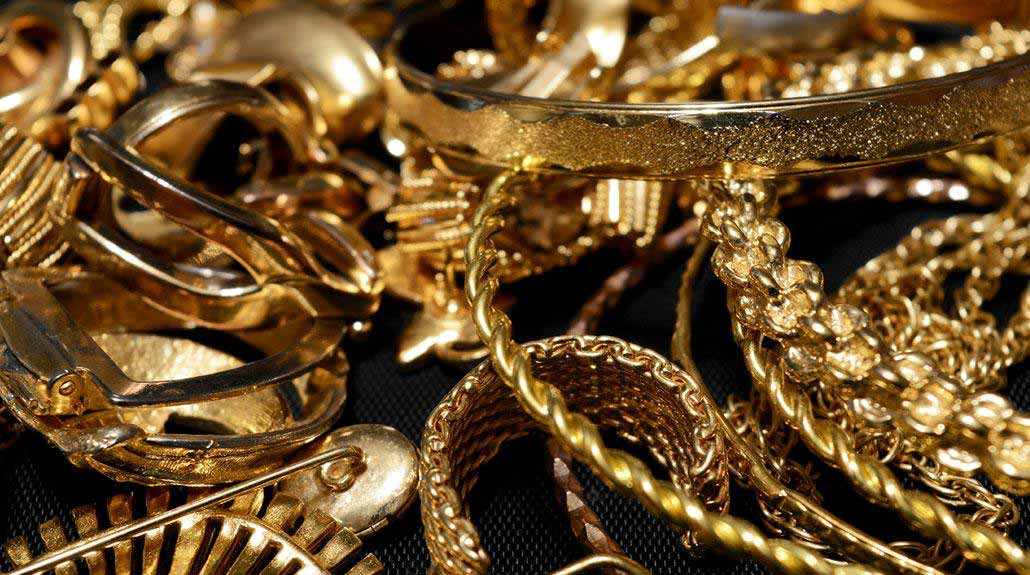“Made of pure material, a metallic substance yellow in color.”
That's what lots of people think of when gold comes to mind. Truth be told, while the chemical element of pure gold does exist, just gold alone is seldom the basis for pieces made by jewelers. If it's entirely pure, because it’s a soft metal, from extended wear it is vulnerable to damage and scratching. Most jewelers create necklaces, bracelets, and rings from mixtures or alloys, because of this reason. Alloys mix a number of metals together. Various colors, values, and properties are possessed by different alloys.
When it comes to the various types of gold or gold alloys, some are more popular than others. Let's take a look at the top three.
Rose Gold
For people desiring a romantic aesthetic, the pink color of this gold is partially responsible for its gaining more and more popularity. Particularly with the younger demographics, it's a big hit. Various types of jewelry, including rose gold engagement rings, are purchased by millennials. The use of copper is responsible for the rose color. Additionally, silver and gold are mixed with copper for the alloy responsible for rose gold.
This is also the most affordable of the three you will see here. Compared to silver and/or platinum, copper is far less expensive. Without any major damage or scratching, it can last a long time, making it highly durable. Despite its growing popularity, however, it is surprisingly unavailable at times!
White Gold
Historically, the yellow alloy (see below) was more popular than this selection. However, particularly in the case of engagement rings, it has become more and more common to find white gold. The creation of this alloy includes palladium or platinum, gold, and occasionally, zinc and/or nickel. Next to diamonds, this color looks incredible. A sense of elegance is created. Rose and yellow varieties can actually clash with some gemstones of particular colors. Therefore, the white alloy is most often used when gemstone jewelry is being made. Compared to yellow, it also looks a bit more modern.
This white variety is also highly durable thanks to the palladium/platinum addition. Even though they are worn daily, wedding rings and engagement rings made from this alloy stand every chance of lasting longer than others. However, a layer of platinum or rhodium is often used to coat this kind of jewelry. That means more maintenance. If it's lost its protective layer, a jeweler cannot resize the ring. Also, to maintain color, it may require dipping every now and then.
Yellow Gold
Made from precious metals including zinc, copper, silver, and gold, this is the alloy considered the most classic. Most jewelry has, historically, been made from this variety. It is immediately recognizable for its bright yellow color. With diamonds, it offers a pleasing aesthetic contrast. However, next to brightly colored gemstones, it may look odd. Therefore, for bracelets, necklaces, or rings with bold gems, it's not the most popular choice.
Another benefit of yellow gold is that it is considered the purest. Because this is the only gold color that can be created in 24 karats, it is a form of status symbol. Potentially irritating metals such as nickel aren’t used. Compared to rose or white varieties, lower karat values can require less work and be lower maintenance.
Do You Have Hidden Treasures?
No matter what kind or type of gold or gold-containing piece you have, it never hurts to check out its value! Please, before you brush off a piece as worthless, contact us to get a free quote. You never know!
